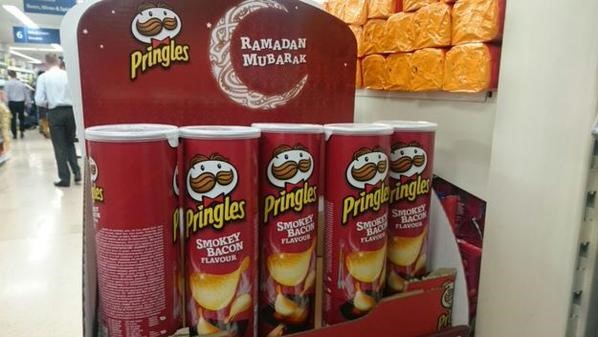You can go to University and get a degree in cross-cultural communication, but there’s still so many companies that get it wrong. Don’t be one of them.
I see it a lot. Companies that try to push their products into a new market and fail miserably due to complete lack of understanding the country they’re moving in to. When you’re finding a new market globally, there are some things you need to think about before making a catastrophic mistake.
Think about your language
This is more than just the British/ American English debate (although making sure you use the correct Z vs S or O vs OU is important to make sure you target the right audience). There are many examples throughout the world where a company has named a product, tried to sell it overseas, and found out it means something else entirely in that language.
- Toyota took its ‘Fiera’ car to Puerto Rico, but found out that ‘Fiera’ translated to ‘ugly old woman.’
- Ford moved into the Brazilian market with its Pinto. However in Brazilian Portuguese, ‘Pinto’ means ‘tiny penis’.
- Honda Fitta was quickly re-named the Jazz when they realised ‘Fitta’ meant ‘female genitalia’ in their new Swedish market.
- Mitsubishi didn’t want to miss out, and took its Pajero into Spain, where it was humiliated when it was told that ‘Pajero’ was slang for ‘masturbator’.
It’s more than just words being lost in translation too; even in English-speaking countries, there’s variations across countries. A company I worked with faced some decisions when setting up their website. Working globally in the farming sector, it realised that paddock (NZ), field, meadow (UK) and block (Australia) all meant the same thing, but there needed to be the same language throughout the site. Do you set up a different site for each region, or pick the most generic word and hope it works across all the cultures?
Religion matters
Just because religion isn’t important to you, doesn’t mean you can ignore it. If you want to tap into the massive 1.3 billion Indians, about 60% of them are Hindu. 1.8 billion people worldwide are Muslim. There are half a billion Buddhists. While you don’t have to have to appeal to them via their religion, you need to make sure you’re not being massively rude.
Tesco Liverpool St in London tried to appeal to their Muslim customers with an attractively designed stall, wishing them ‘Ramadan Mubarak’. Any goodwill, however, was lost when smokey bacon chips (or, crisps if you’re English) were displayed on the stand.
If you want to alienate a whole swathe of people in one swoop, then being disrespectful is the way to do it.

Cultural norms
Putting aside language and religion, cultural norms of your target market country need to be taken into account too.
Pepsodent attempted to sell toothpaste in South East Asia. They used the standard toothpaste line that brushing whitens your teeth. After all, who doesn’t want sparkly white teeth? However, many local people intentionally chew areca/ betel leaves to blacken their teeth, as this is the cultural standard of beauty. Pepsodent did not sell well in that region.
McDonalds has had a mostly-successful International expansion. While they’ve failed in some countries, notably in Barbados, Montenegro and Vietnam, in most other countries, they’ve been a big success. Why? Because they adapt to suit their market. Every McD’s has a different menu, from the burger with beetroot and a fried egg in NZ, through to the lack of beef and additional spicy paneer burgers in India. Clearly, Maccas has people on the ground in each country, as their failures in general have been to poor economies and political issues- not poor branding, menu choices or culture differences.
How to avoid losing opportunities and money
You can do your research, but there will be things you don’t even think about. For example, Fiat had an ad in which Richard Gere drove from Italy to Tibet. However, Gere is hated in China as he is a supporter of the Dalai Lama- a quick way to lose a billion potential customers.
The best way to ensure you move seamlessly – and successfully – into a new market, is to have local people highly involved in the process. That’s not simply lip service either; but having indigenous people involved with everything from naming to advertising. It is the difference between success, or failure and embarrassment.
